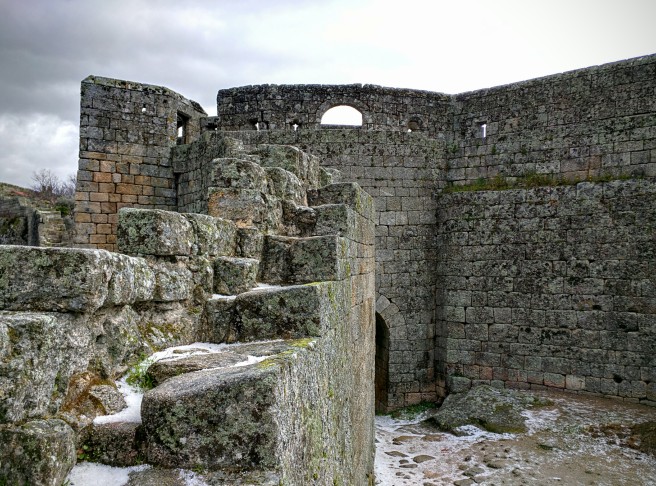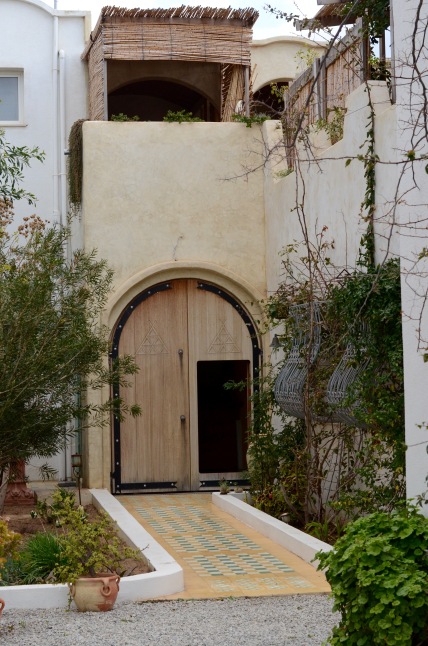Allan and I bought a house here in Brasilia. We thought it might be (hope to be) a good investment. It is in a gated development a 25-minute drive out of the city. It looks very modern, cubic white concrete and double story glass windows. But due to the idyllic climate, almost always somewhere in the 70s, the house has few of the systems we rely on in North America. We don’t have heat or air conditioning. We don’t have hot water on tap. There is no dishwasher and there is no oven. We have adapted to this eco-home through many small adaptations. We have a few fans throughout the house to generate cool air. We use an electric kettle to heat dishwater and an electric shower head that heats water as it runs through for showers. I also shipped in a Kamado Joe ceramic cooker for all of our baking. That might seem like an extreme commitment, and, no, I’m not coming home from work every night and starting up the coals. But every Sunday afternoon I cycle through a sequence of dishes, some that are quick grilled, some slow roasted or baked, and some that are finished with very low, dry heat. The following dish is in my regular rotation. I call it Brazilian-style because hearts of palm are plentiful here, but you could go full Mediterranean and use marinated artichoke hearts just as well.
Brazilian/Mediterranean Chicken Confit
- 10 chicken thighs (rubbed with salt, pepper, dried garlic and chili).
- 1 head of garlic cloves, peeled
- 4 hearts of palm, sliced in 1-inch pieces
- 1/2 preserved (or fresh) lemon rind, rinsed and slivered
- Rosemary sprigs
- Olive oil
Preheat an oven or ceramic cooker to 375 (F) degrees.
Place chicken thighs in a large ceramic baking dish. Distribute the garlic cloves, hearts of palm, lemon slivers, and rosemary.
Pour olive oil around and over until oil comes 1/2 way up the chicken thighs.
Bake at 375 (F) for approximately 20 minutes, than reduce heat to 300 (F) degrees for another hour.
Serve over whole-grain pasta, drizzled with the baking oil. Freezes well.



























